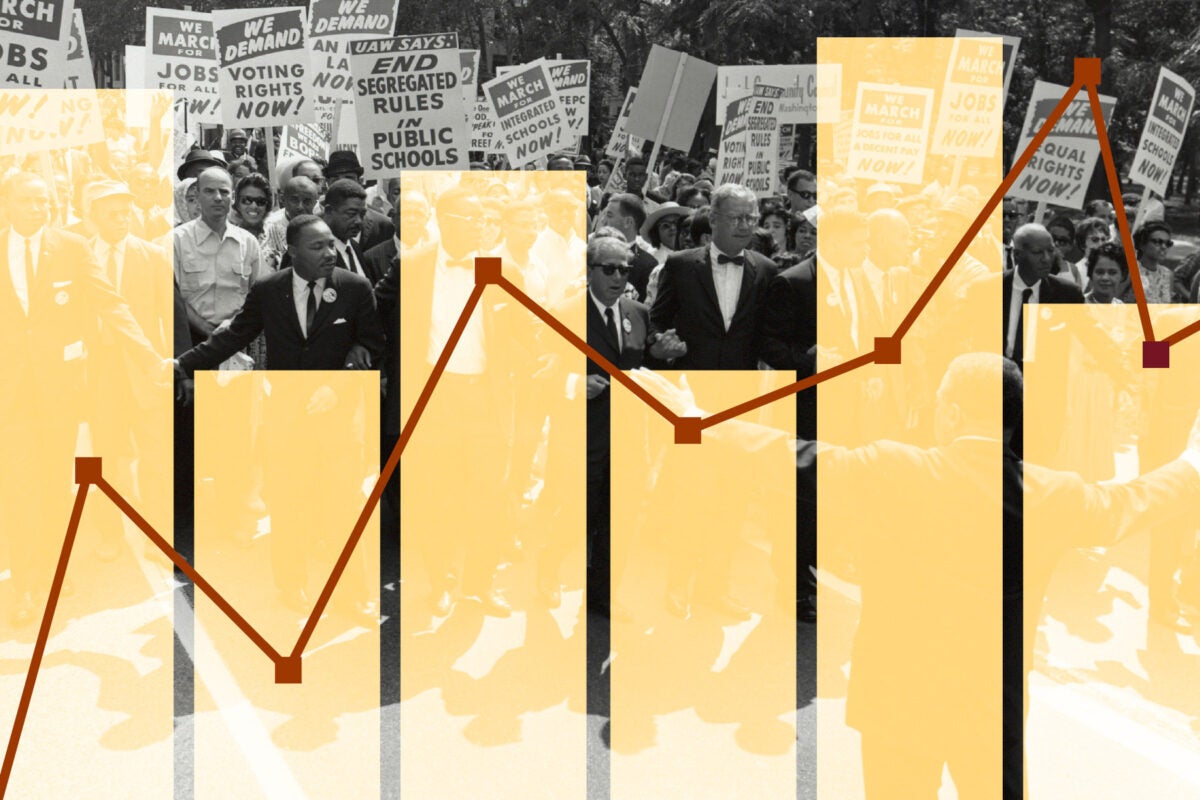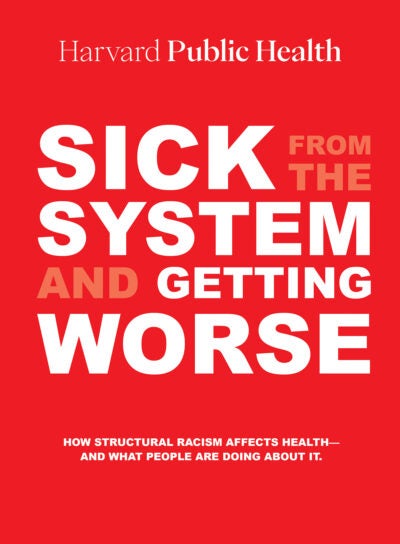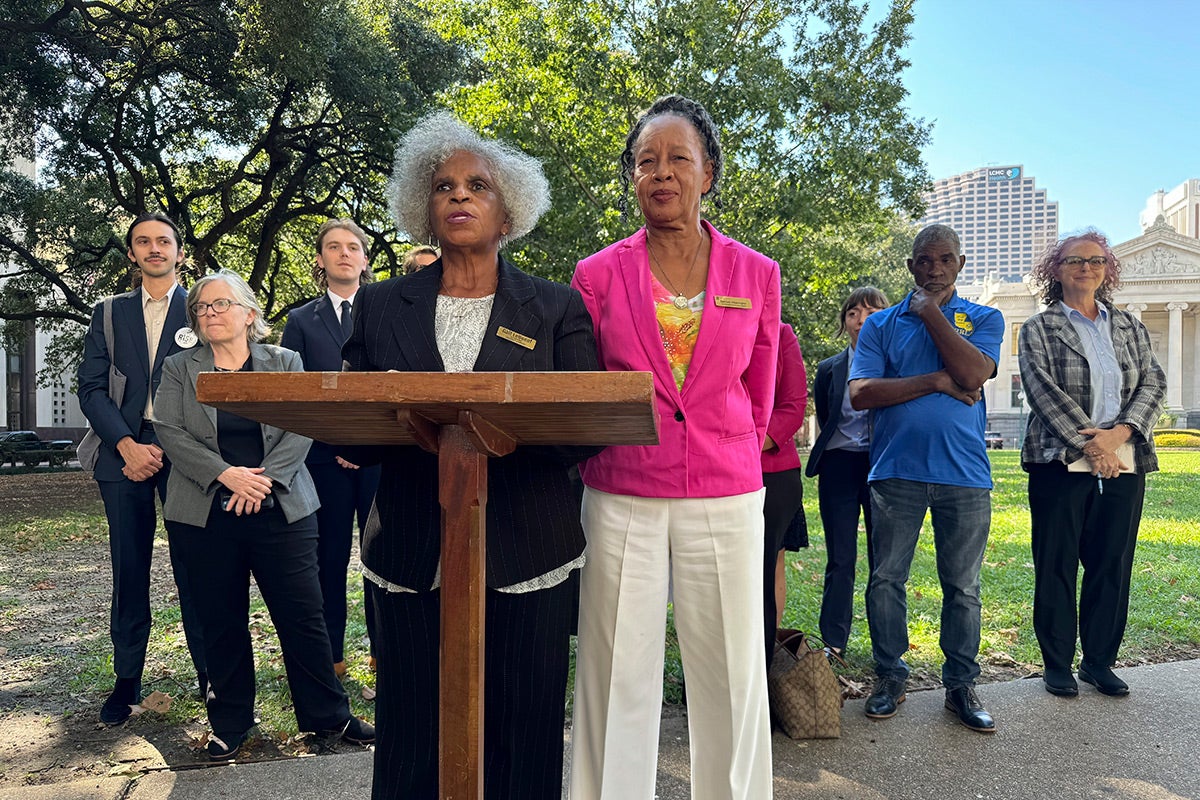
Opinion
We can’t end structural racism without better ways to measure it
More than thirty years ago, writer James Baldwin posed the question, “how much time do you want for your progress?” His question was an expression of anger and a call for accountability in response to the U.S.’s glacial progress towards addressing racism. Today, Baldwin’s haunting question is still painfully relevant.
In an antiracist call to action recently published in Health Affairs, my co-authors and I answer Baldwin’s question: we have run out of time. We need progress on dismantling structural racism now.
As a Black woman who grew up in Minneapolis, I have spent my whole life watching my family and community face the burden, discrimination, and trauma of racism. Racism is our reality. We experience it in our daily lives. For me, Baldwin’s question is deeply personal.
In our Health Affairs article, we lay out methods to better capture how racism permeates our institutions and keeps people from being healthy. Public health leaders have finally started to identify structural racism as the root cause of health inequities, but the field is still only scratching the surface. My co-authors and I have called for the public health field to develop consistent, robust methods for measuring structural racism and its health impacts.
Sign up for Harvard Public Health
Delivered to your inbox weekly.
The work of antiracism is driven by collective action. In 2021, I founded the Center for Antiracism Research for Health Equity (CARHE, pronounced “care”) at the University of Minnesota to identify, explore, and ultimately dismantle, structural racism. At CARHE, we often say, “we can’t change what we don’t measure.”
There are three ways we recommend the public health field better measure racism’s effects on public health.
First, we call for a deeper examination of racism’s history in the U.S.
Historical context creates contemporary understanding. It is critical for us to understand how racism has transformed over time—from overt or “de jure” racism in the days of slavery and Jim Crow, to covert or “de facto” racism today through mass incarceration, wealth gaps, and persistent segregation. We argue that more studies should examine how public health today is shaped by the past. For example, the field should study the public lynching of Black bodies during Jim Crow to understand today’s public killings of Black people by police. The gynecological abuse of Black female enslaved bodies by J. Marion Sims in the 1840s, and the eugenics movement to sterilize Black and Brown people by force in the late 1800s, could contribute substantially to our understanding of health inequities in modern reproductive health. In these examples and countless others, history is essential to understanding current inequities.
Second, we highlight geography as necessary to measuring structural racism—that is, we must consider how space, place, and boundaries produce and maintain racism. States are powerful players in shaping social and environmental determinants of health through policymaking. These policies are not race-neutral. We saw this play out recently in the overturning of Roe v. Wade, which returned the power to regulate reproductive autonomy back to the states. Now, states have the power to shape maternal health—a power that will disproportionately affect Black and brown people’s health.
But we need more research at the local level. The lived experience of racism, and its effect on health, for a Black person in Minneapolis is not the same as for a Black person living in New York City or New Orleans. Local culture, industry, and history have effects even between neighborhoods. Researchers must embrace this nuanced complexity.
Finally, we acknowledge that the work is not easy. To make the invisible visible we must find new data sources that capture understudied aspects of structural racism. To study structural racism quantitatively also requires a deep understanding of structural racism’s hydra-headed nature. Qualitative research and creating space for those with lived experience to participate in research as experts, by sharing their stories and experiences, will help us to better understand structural racism than data alone.
Making the invisible visible is possible. And we will no longer wait. We need to leverage our creativity, methodological expertise, and unflinching knowledge of our country’s past. We fight for our vision of the future, fueled by a deep love for our people. Ultimately, we need to answer James Baldwin by saying, “We have run out of time. Progress must be now.”
Additional contributions by Ms. Keelia Silvis, MPH, manager of communications at CARHE, and by co-authors of the Health Affairs article, “Improving the Measurement Of Structural Racism To Achieve Antiracist Health Policy”, Drs Patricia A. Homan, Tongtan Chantarat, Brigette A. Davis and Tyson H. Brown.



